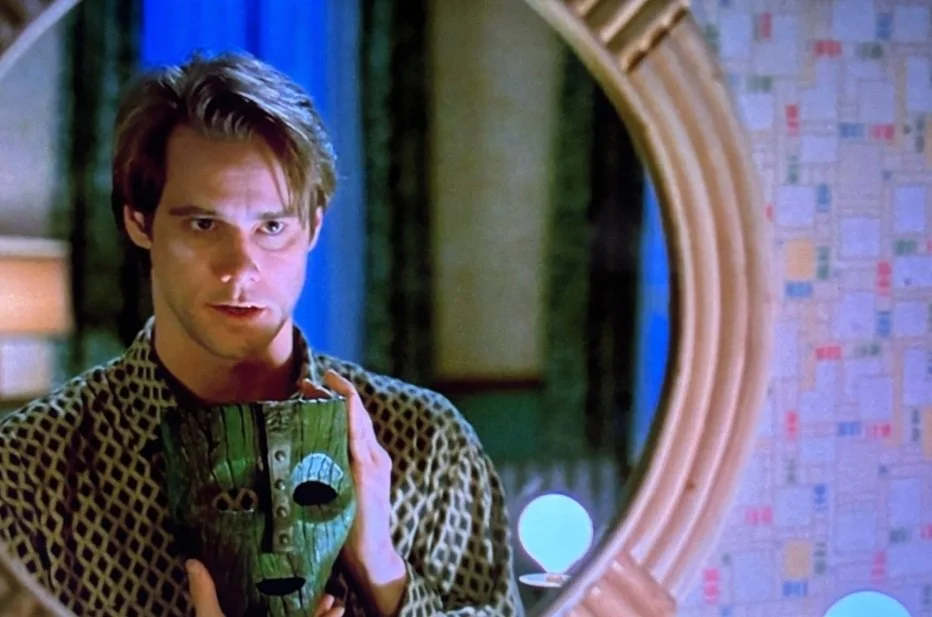Feeling stuck in life? Not sure how to get to where you want to be? Tap into your brain's ability to ideate solutions through the Bridge Exercise!
Power of Perspective: Cycle or Spiral?
You may feel sometimes like you’re going in circles - expending so much energy, time, and resources to change, only to find yourself in the same place all over again. As more time goes on, you feel like the future is bleak - what’s the point of trying, if it’s going to be the same? Perhaps what’s the issue is not what’s happening but how you perceive what’s happening. What if you ARE actually changing?
How to Get UNSTUCK from DISCONTENT
What is Brainspotting?
Brainspotting is a brain-based processing method similar to EMDR that channels the body’s natural ability to heal itself from overwhelming or stressful experiences that generate symptoms like anxiety, depression, hypervigilance, and overreactivity. It does so by finding specific eye positions (Brainspots) linked to unprocessed stress experiences stored in the brain and letting the body “detox”.













